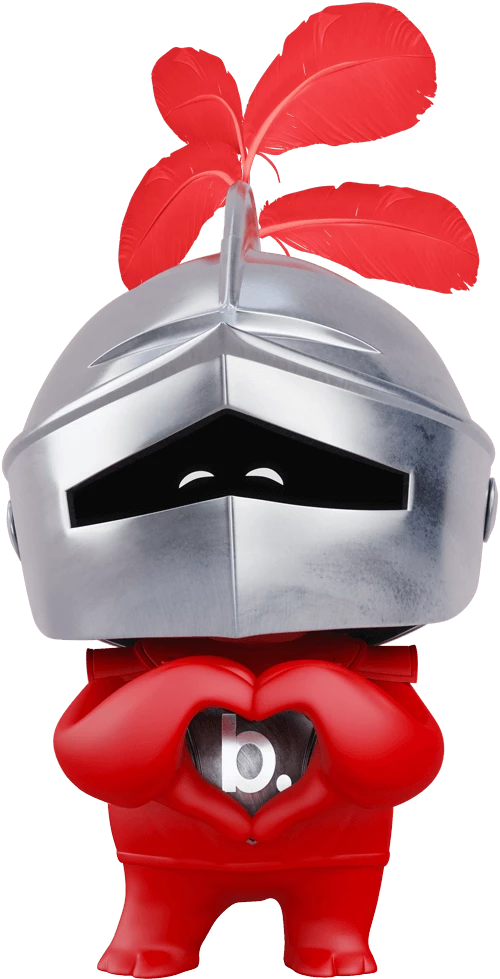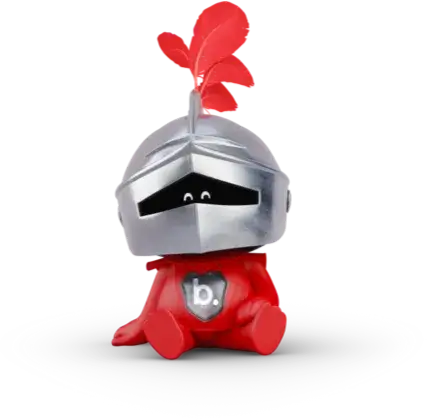Collisions with animals: what to do
Watching wildlife can be fascinating and fun, but there’s nothing pleasant about unexpected encounters with wildlife on the road.
Unfortunately, thousands of road accidents involving collisions with animals occur every year in this country.
Even if we drive as carefully as we always should, accidents are sometimes unavoidable, so it’s best to know what to do in case you have a collision with an animal.
Preventive measures
Certain conditions increase the risk of accidents involving animals, even for the most prudent of drivers. For example, animals are more active during mating and calving seasons, they are attracted to plowed roads as they provide easy passage and they may be attracted to salt used for de-icing and they will migrate seasonally based on food supply.
Animals are often most active at dawn and dusk, and reduced visibility at night can also pose dangers. It’s essential to slow down when driving through designated risk zones and whenever you see an animal in your field of vision; since they often travel in herds, others may be close behind.
If a collision is imminent
The tips below can change depending on the situation, the key is not to panic and try to stay in control.
-Honk. The sound of the horn may scare off the animal in your path in addition to alerting nearby motorists.
-Look at where you want to go. A basic technique can help avoid an accident: do not look at the animal but rather where you want the car to go. If you look directly at something, you’ll instinctively drive towards it.Do not panic and try to evaluate the situation: brake firmly, if safe to do so. If not, try to avoid the animal, if this doesn’t put you in danger. But the key is staying in control, and being aware of your surroundings, for your safety.
In the event of a collision
- Move your vehicle off the road if possible;
- Assess situation: anyone in the car hurt, for example;
- Call emergency services.
Even if no one is hurt, it’s advisable to call emergency services; they will tell you how to proceed and will also contact the authorities responsible for handling the animal.
If your vehicle strikes an animal, do not touch the animal under any circumstances: a wounded animal can behave unpredictably and aggressively.
If possible, document the accident, by taking photos of the scene, the damage and any injuries sustained by passengers.
Insurance
A collision can cause serious damage to your vehicle. Read the insurance policy currently covering the vehicle very carefully to determine what kind of accident coverage you have.
Insurance aspects could differ depending on your province of residence. For example, in Ontario collision with a live animal is covered under comprehensive coverage and is considered a not at fault accident (it should not impact your premium). Collision with a dead animal would be treated as a collision with any other object and would be covered under collision. This would be an at fault accident like any other and could impact rates. In Quebec, Alberta and British-Columbia the rules might be different since insurance framework changes from one province to another. Our best tip? Call us!
Don’t wait to contact your insurer if you are in an accident, we’re there to help!
Always keep an eye out and drive carefully!
Learn how to deal with damage caused by animals in your home that could be covered by all-risk home insurance coverage.

